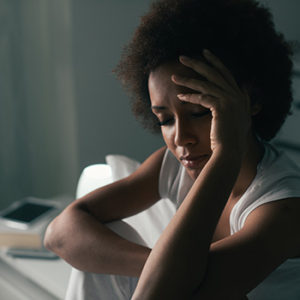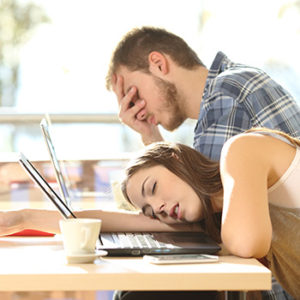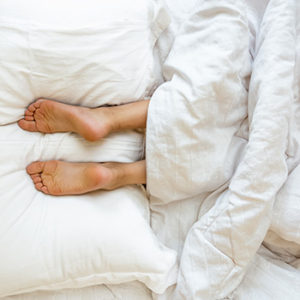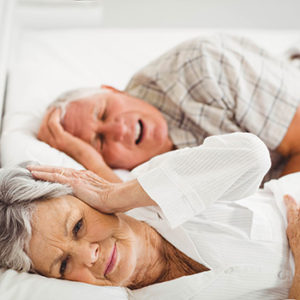Treatments:
Treatment of Other Sleep Disorders
While sleep apnea, or disordered breathing during sleep, is one of the most commonly encountered sleep problems seen, there are several other sleep-related disorders that patients typically suffer from. While Dr. Phillips is a board certified Ear, Nose & Throat surgeon who specializes in the medical and surgical treatment of snoring and sleep apnea, he is also board certified and trained in Sleep Medicine, a discipline that covers the diagnosis and treatment of all sleep disorders. It is not uncommon that a person will have multiple issues with their sleep and ability to stay awake during the day.
A few of these other sleep disorders include:
Insomnia
 Insomnia is a general term that refers to difficulty falling or staying asleep at night, usually leading to poor sleep and resulting daytime sleepiness. Almost everyone experiences insomnia at some point in their lifetime, and trouble sleeping may be due to a wide variety of reasons. Issues with setting regular bedtimes or sleep behaviors, anxiety related to sleep, issues with “mind-racing” at night, depression, hormonal changes, and various medications can each contribute to sleeping difficulties. Dr. Phillips may help determine which issues may be causing your difficulty with falling or staying asleep at night. He will work with you to find a solution to help improve your overall ability to sleep. This may include behavioral techniques, relaxation, changes in sleep hygiene or medications.
Insomnia is a general term that refers to difficulty falling or staying asleep at night, usually leading to poor sleep and resulting daytime sleepiness. Almost everyone experiences insomnia at some point in their lifetime, and trouble sleeping may be due to a wide variety of reasons. Issues with setting regular bedtimes or sleep behaviors, anxiety related to sleep, issues with “mind-racing” at night, depression, hormonal changes, and various medications can each contribute to sleeping difficulties. Dr. Phillips may help determine which issues may be causing your difficulty with falling or staying asleep at night. He will work with you to find a solution to help improve your overall ability to sleep. This may include behavioral techniques, relaxation, changes in sleep hygiene or medications.
Narcolepsy & Hypersomnia

Some patients with sleep apnea may also have persistent daytime sleepiness, despite adequate treatment of their sleep apnea. Dr. Phillips may help identify these disorders and treat them appropriately to help improve daytime functioning and nighttime sleep.
Circadian Rhythm Disorders

Restless Legs Syndrome

Parasomnias



